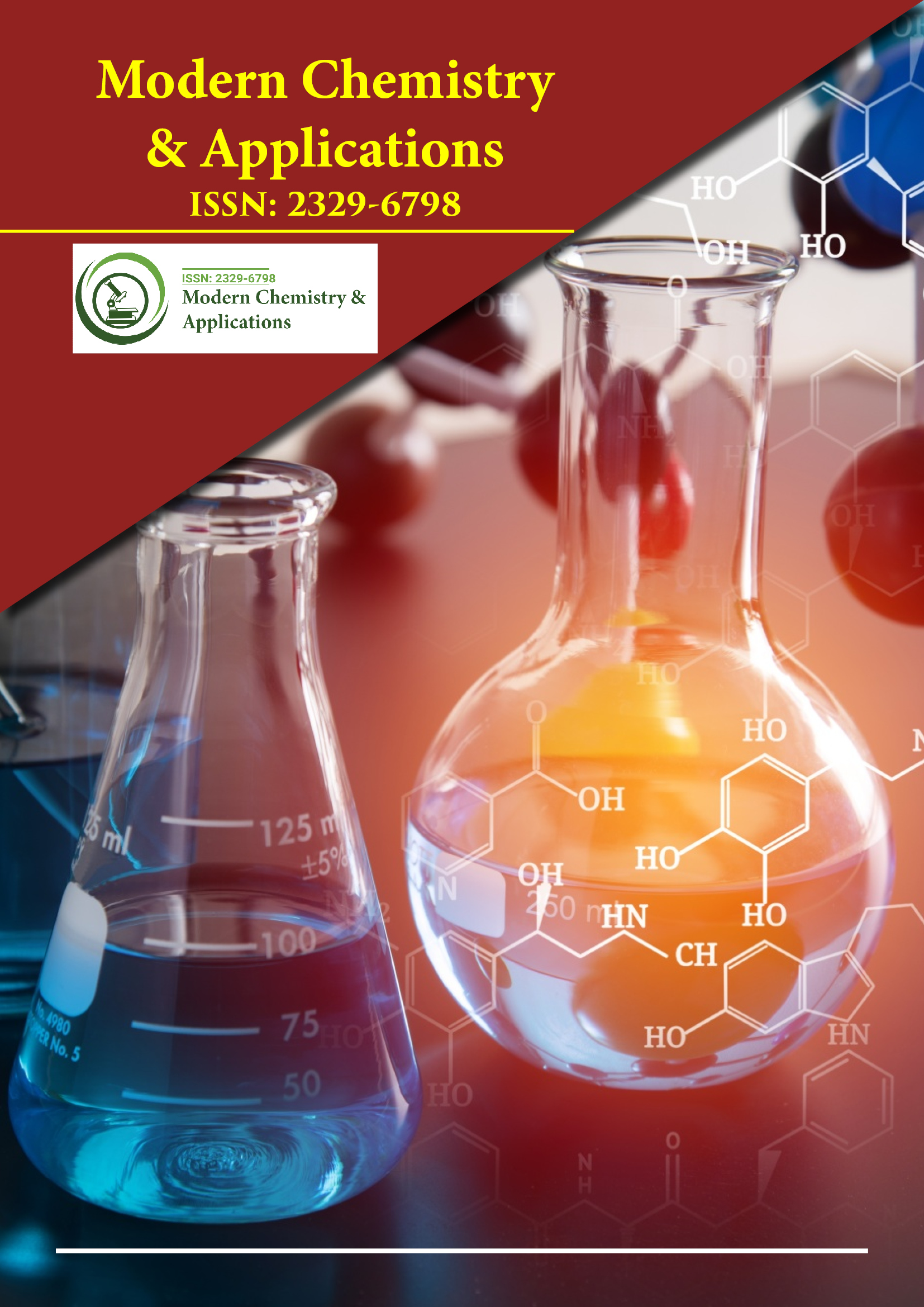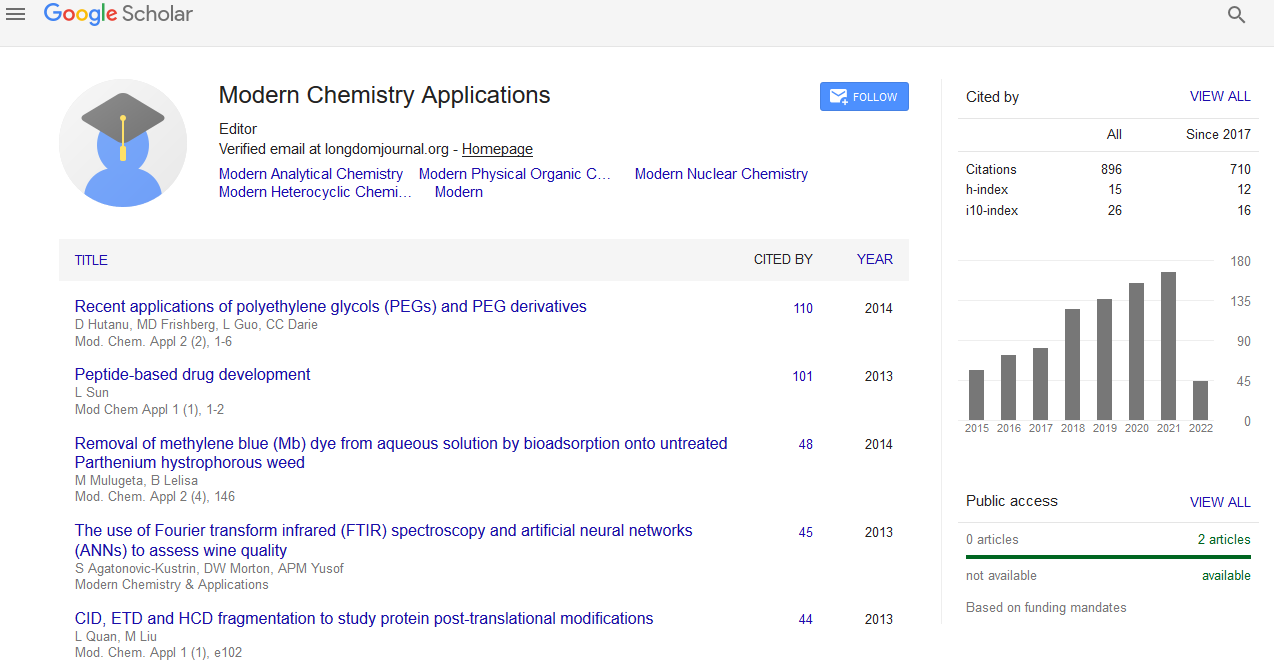Indexed In
- Open J Gate
- JournalTOCs
- RefSeek
- Hamdard University
- EBSCO A-Z
- OCLC- WorldCat
- Scholarsteer
- Publons
- Geneva Foundation for Medical Education and Research
- Google Scholar
Useful Links
Share This Page
Journal Flyer

Open Access Journals
- Agri and Aquaculture
- Biochemistry
- Bioinformatics & Systems Biology
- Business & Management
- Chemistry
- Clinical Sciences
- Engineering
- Food & Nutrition
- General Science
- Genetics & Molecular Biology
- Immunology & Microbiology
- Medical Sciences
- Neuroscience & Psychology
- Nursing & Health Care
- Pharmaceutical Sciences
Single particle spectroscopic studies on two-photon photoluminescence of plasmon coupled gold nano triangle dimers
5th Global Chemistry Congress
September 04-06, 2017 | London, UK
Monalisa Garai and Qing-Hua Xu
NUS, Singapore
Posters & Accepted Abstracts: Mod Chem Appl
Abstract:
Surface plasmon resonance (SPR) coupling between adjacent metal nanoparticles in aggregated nanoclusters results in significant enhancements in many optical responses, such as fluorescence, surface enhanced Raman scattering (SERS) and two-photon photoluminescence (2PPL). Here, 2PPL properties of gold nanotriangle (Au NT) dimers with different spatial arrangements have been investigated on single particle level to understand their different plasmon coupling effects on 2PPL enhancement mechanism and explore the limit of maximum achievable enhancement factor. Compared to NT monomer, scattering spectra of both side-by-side and tip-to-tip coupled NT dimers are red-shifted by 101 nm and 175 nm respectively with strong polarization dependence along their assembly axis, which can be understood in terms of plasmon hybridization theory. A close resemblance between scattering spectra and 2PPL spectra indicated SPR is the origin of observed 2PPL signal. 2PPL intensities of side-by-side and tip-to-tip dimers are enhanced by 1.0Ã?103 fold and 2.6Ã?104 fold respectively, compared to the NT monomer. Such a huge enhancement in tip-to-tip dimer is a combined effect of plasmoncoupling- induced red-shifted SPR band which has better overlap with the excitation wavelength and giant local electric field amplification due to the presence of sharp tips in interparticle gap. The influence of sharp tips has been further demonstrated by comparing Au NT monomer and dimers with Au nanosphere (NS) monomer and dimer of similar dimensions. The 2PPL intensity of Au NT monomer is 20 times stronger compared to Au NS monomer, where as that of Au NT tip-to-tip dimer is 93.5 times stronger compared to Au NS dimer. All our experimental results show excellent agreement with numerically calculated integrated |E/E0|4 results. These findings offer a deeper insight in fundamental understanding of plasmon coupling enhanced 2PPL properties and provide a platform for various sensing and imaging applications.


